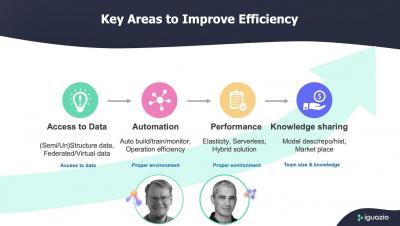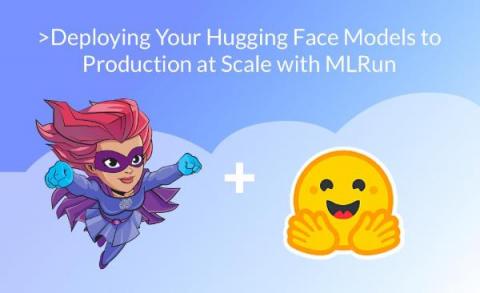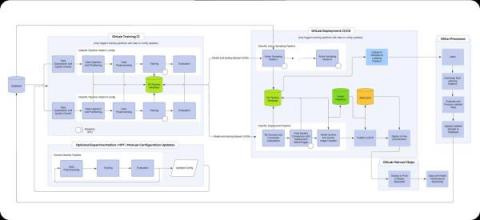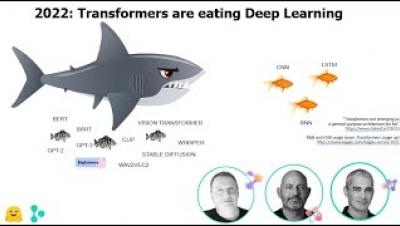Systems | Development | Analytics | API | Testing
Machine Learning
Deploying Your Hugging Face Models to Production at Scale with MLRun
How ClearML Helps Daupler Optimize Their MLOps
We recently had a chance to catch up with Heather Grebe, Senior Data Scientist at Daupler, which offers Daupler RMS, a 311 response management system, used by more than 200 cities and service organizations across North America and internationally. This platform helps utilities, public works, and other service organizations coordinate and document response efforts while reducing workload and collecting insights into response operations.
How Qlik AutoML brings the power of machine learning to analytics teams
Machine Learning CI/CD using Github Actions and ClearML
Accelerate your data to AI journey with new features in BigQuery ML
BigQuery ML reduces data to AI barrier by making it easy to manage the end-to-end lifecycle from exploration to operationalizing ML models using SQL.
Accelerating Projects in Machine Learning with Applied ML Prototypes
It’s no secret that advancements like AI and machine learning (ML) can have a major impact on business operations. In Cloudera’s recent report Limitless: The Positive Power of AI, we found that 87% of business decision makers are achieving success through existing ML programs. Among the top benefits of ML, 59% of decision makers cite time savings, 54% cite cost savings, and 42% believe ML enables employees to focus on innovation as opposed to manual tasks.











